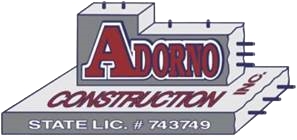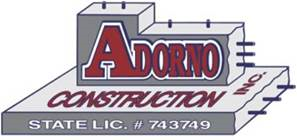Stamped Concrete is a product patterned to resemble brick, slate, flagstone, stone, tile or wood. Colors and patterns for stamped concrete are chosen to blend with other stone, tile or patterned concrete elements at the jobsite. Complex designs including steps, courtyards and fountains can be achieved using stamped concrete. It can be blended with other decorative concrete elements like exposed-aggregate finishes and acid-etch staining along with a particular pattern like running-bond brick, hexagonal tile, worn rock or stone. Concrete provides a perfect canvas for creating economical replicas of more expensive materials while still maintaining a natural and authentic look.















